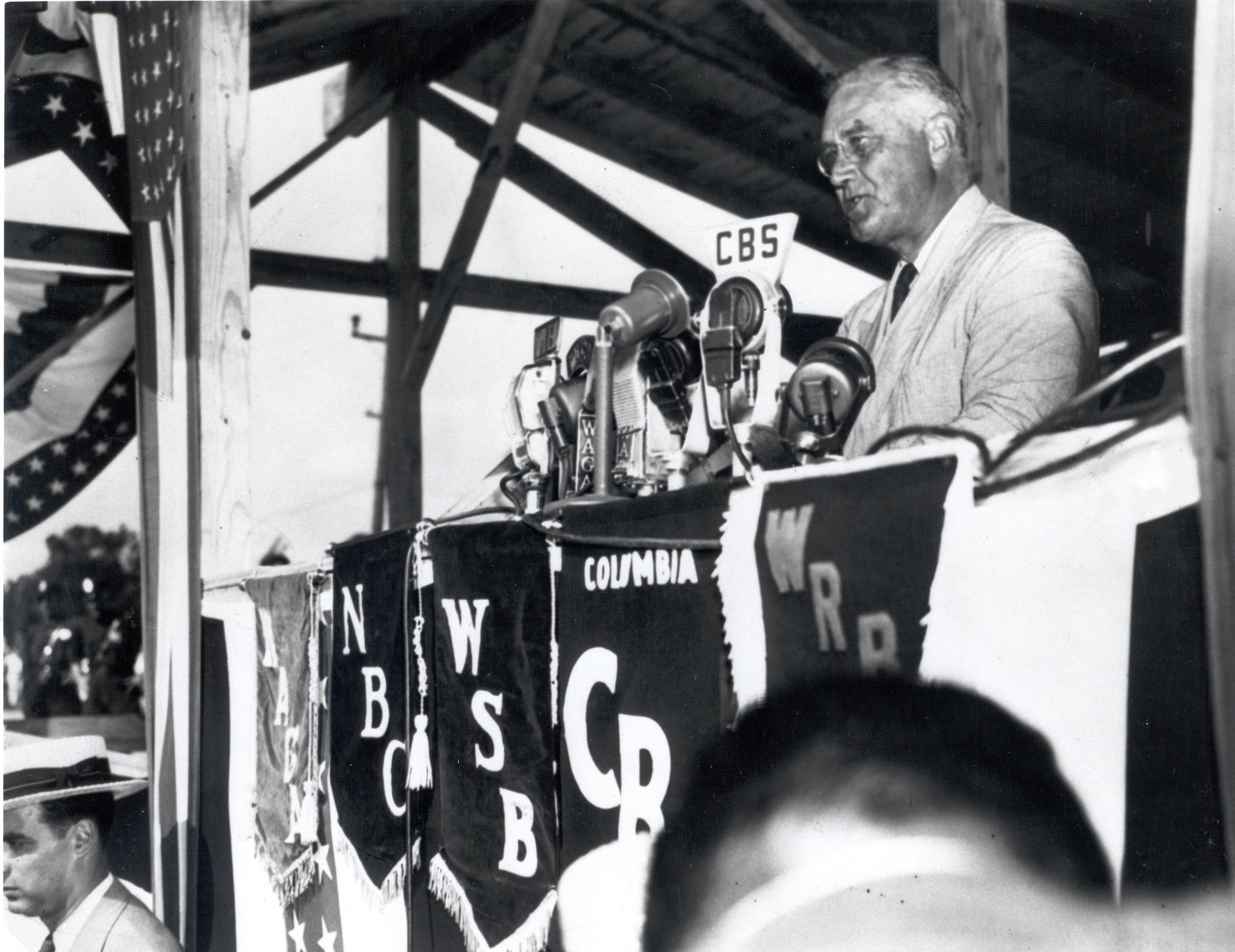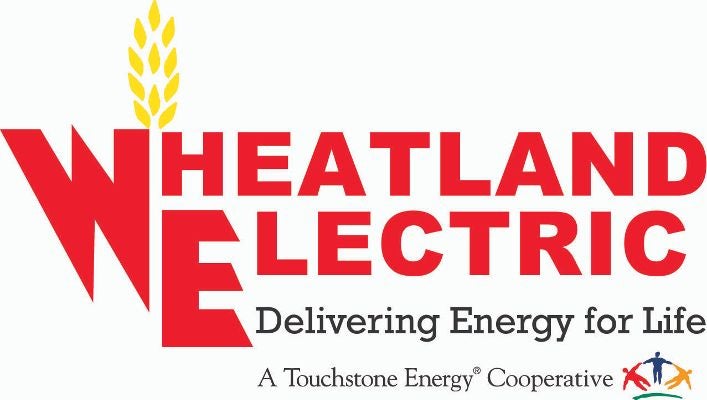Editor's note: This article was first published in our 2022 Annual Report, where you can find more information about the history of our electric cooperative and our 75th anniversary (1948-2023).
While most big cities across the country were enjoying electricity by the end of the 1920s, most farms and rural homes — 9 out of 10 — remained off the grid well into the 1930s.
Why? It wasn’t that farmers didn’t need electricity — or that bringing it to them was particularly difficult. Instead, for-profit power companies simply were not interested in investing the upfront costs of infrastructure that were needed to connect America’s farmlands to the grid.
Their claim? It wasn’t economically feasible to deliver electricity to a small number of consumers across many, many miles of land.
That all changed when federal lawmakers got involved. According to the National Rural Electric Cooperative Association (NRECA), the first official action by the federal government came with the passage of the Tennessee Valley Authority (TVA) Act in May 1933.
This act authorized the TVA Board to construct transmission lines to serve “farms and small villages that are not otherwise supplied with electricity at reasonable rates.”
On May 11, 1935, President Franklin D. Roosevelt signed Executive Order No. 7037 establishing the Rural Electrification Administration (REA) as part of his New Deal in the midst of America’s Great Depression.
It was not until a year later — May 20, 1936 — that Congress passed the Rural Electrification Act (REA), which allowed the federal government to make low-cost loans to farmers who had banded together to create non-profit cooperatives for the purpose of bringing electricity to rural America.
According to NRECA, it became evident to REA officials from the start that investor-owned utilities were not interested in using federal loan funds to serve sparsely populated rural areas.
Instead, loan applications from farmer-based cooperatives poured in, and the REA soon realized electric cooperatives would be the entities to make rural electrification a reality.
In 1937, the REA drafted the Electric Cooperative Corporation Act, a law that enabled the establishment of not-for-profit, consumer-owned electric cooperatives.
According to NRECA, within four years, the number of rural electric systems in operation doubled, the number of consumers connected more than tripled and the miles of energized line grew more than five-fold. By 1953, more than 90% of U.S. farms had electricity. Today, 99% of the nation’s farms have electric service.
Most rural electrification is the product of locally owned rural electric cooperatives, which got their start by borrowing funds from REA to build lines and provide service on a not-for-profit basis, just like Wheatland Electric.
Thanks to these grassroots movements across America, over 830 distribution co-ops power more than half (about 56%) of this nation’s landmass today.


